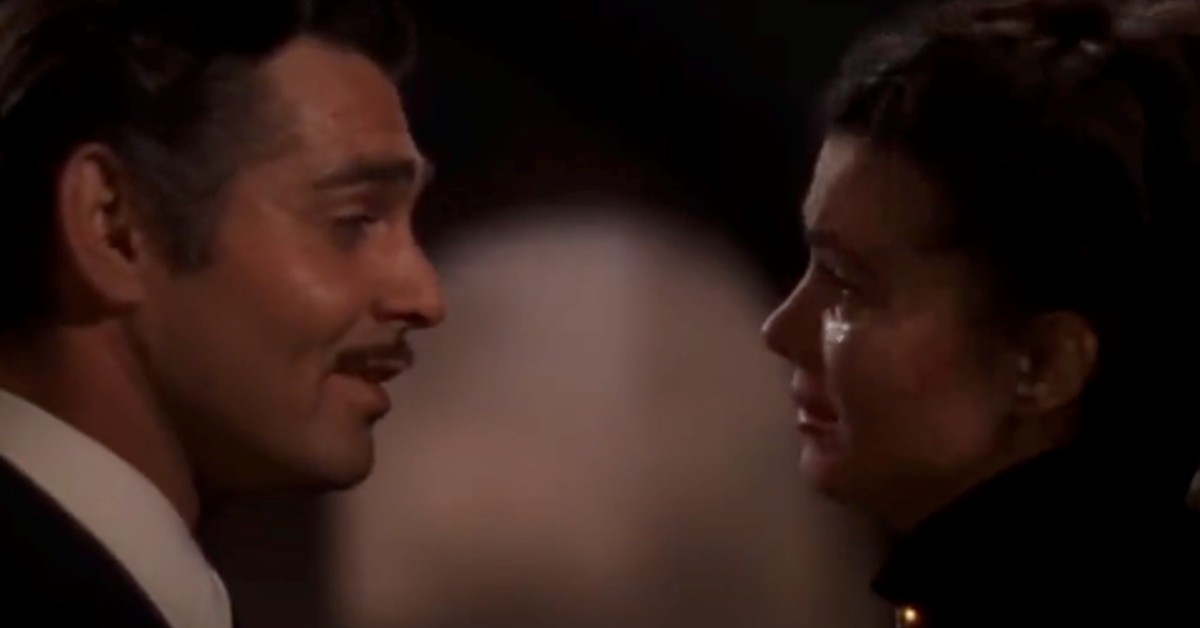The Original ‘Gone With The Wind’ Script Reveals Writers Wanted Slavery Shown Differently

“Gone with the Wind” is a classic American film released in 1939. It is based on the novel of the same name by Margaret Mitchell and was directed by Victor Fleming. The script for the movie underwent a number of revisions and changes before it was finalized.
The story of “Gone with the Wind” is set in the American South during the Civil War and Reconstruction era. The protagonist, Scarlett O’Hara, is a young woman who is determined to survive and thrive in the midst of the chaos and destruction around her. She is in love with Ashley Wilkes, a young man from a prominent family, but he is engaged to another woman, Melanie Hamilton. Scarlett marries Charles Hamilton, Melanie’s brother, in order to make Ashley jealous, but she soon realizes that she actually loves Charles.
When the Civil War breaks out, Charles joins the Confederate Army and dies in battle. Scarlett marries Rhett Butler, a wealthy and charming man who is in love with her, but she still harbors feelings for Ashley. After the war, Scarlett struggles to rebuild her life and her family’s plantation, Tara. She and Rhett have a tumultuous relationship, and the film ends with Scarlett realizing that she loves him and begging him to stay with her.
The script for “Gone with the Wind” went through many revisions and changes before it was finalized. Margaret Mitchell’s novel was over 1,000 pages long, and the filmmakers had to condense the story into a manageable length for a film. The first draft of the screenplay was written by Sidney Howard, but it went through several revisions before it was finalized.
One of the biggest changes that was made to the script was the character of Mammy, Scarlett’s maid. In the novel, Mammy is a stereotypical caricature of a black woman, but in the movie, she is a more nuanced and sympathetic character. The filmmakers hired actress Hattie McDaniel to play the role, and she became the first African American to win an Academy Award for her performance.
Another significant change that was made to the script was the character of Rhett Butler. In the novel, Rhett is a more sinister character, but in the movie, he is portrayed as a charming and romantic figure. Actor Clark Gable was cast in the role, and he became a sex symbol and a major star after the film’s release.
The script also underwent changes in response to censorship concerns. The film was made during the era of the Hays Code, a set of guidelines that regulated the content of movies. The filmmakers had to be careful not to include any scenes or dialogue that might be considered offensive or inappropriate.
Despite these challenges, “Gone with the Wind” became a major box office success and a cultural phenomenon. It was nominated for 13 Academy Awards and won 10, including Best Picture. The film’s epic scope, sweeping romance, and lush production values continue to captivate audiences to this day.
“Gone with the Wind” is a classic American film that underwent many revisions and changes before it was finalized. The filmmakers had to condense the story of Margaret Mitchell’s novel into a manageable length for a film, and they also had to navigate censorship concerns. Despite these challenges, the film became a major success and a cultural touchstone. Its epic scope, sweeping romance, and lush production values continue to captivate audiences over 80 years after its initial release.

